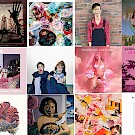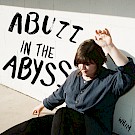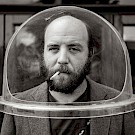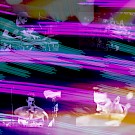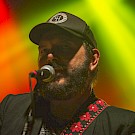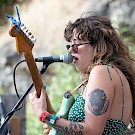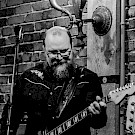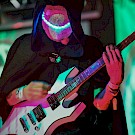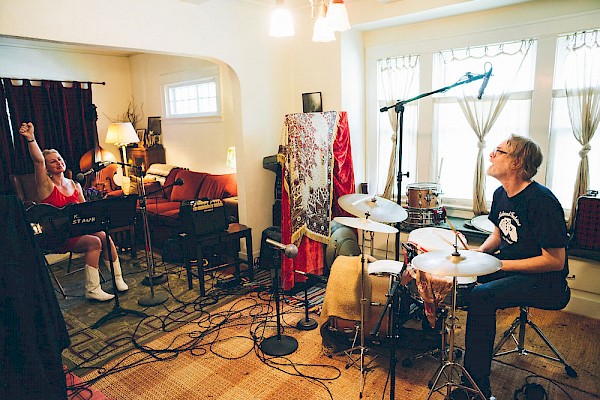 Annalisa Tornfelt and Mike Coykendall at his homestead, aka Blue Rooms Studios, recording her 2015 record ‘Search Zero’: Photo by Jason QuigleyThe basement studio has evolved well beyond its original architectural limitations. Instead of teetering towers of one-inch tape reels and analog gear crammed into every subterranean cranny, today’s recording professional requires flexibility—a more open floor plan.
Annalisa Tornfelt and Mike Coykendall at his homestead, aka Blue Rooms Studios, recording her 2015 record ‘Search Zero’: Photo by Jason QuigleyThe basement studio has evolved well beyond its original architectural limitations. Instead of teetering towers of one-inch tape reels and analog gear crammed into every subterranean cranny, today’s recording professional requires flexibility—a more open floor plan.
Sometimes it’s a basement, and sometimes the basement is a metaphor for creativity in a confined space.
Take Mike Coykendall’s Blue Rooms Studios in SE Portland where the production work takes place in the attic while artists such as She & Him, The Minus 5, Blitzen Trapper, and Jolie Holland tinker and tune in the living room. Himself a busy musician, Coykendall observes that the coming year is mainly going to be about scheduling.
“I’m going to be leaving to go on the road, off and on, with M. Ward through October,” he says over an al fresco cup of joe on SE Hawthorne. “I’m only coming home for, at most, two weeks at a time.”
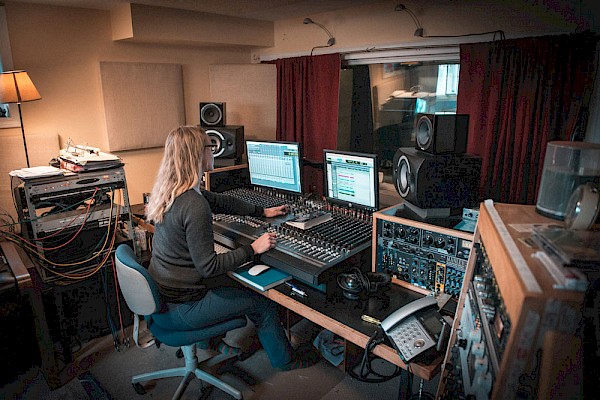 Fluff & Gravy’s Juniana Lanning beneath the ground and behind the board at the label’s studio: Photo by Chad LanningAt John Shepski’s Fluff & Gravy (record label and recording studio) headquarters in NE Portland, the studio is indeed in the basement, but there’s a grand piano upstairs in the living room in case spontaneous arrangements need to be worked out.
Fluff & Gravy’s Juniana Lanning beneath the ground and behind the board at the label’s studio: Photo by Chad LanningAt John Shepski’s Fluff & Gravy (record label and recording studio) headquarters in NE Portland, the studio is indeed in the basement, but there’s a grand piano upstairs in the living room in case spontaneous arrangements need to be worked out.
With dogs and (cool) children circulating throughout, the vibe is fun and organic, and a high-profile roster of folks including Anna Tivel, Jeffrey Martin, Hillstomp, The Harmed Brothers, and Drunken Prayer have found it to their liking.
Like Coykendall, Shepski also makes time for his own band, Vacilando, when he can squeeze it into a calendar that gives priority to recording, parenting and being a relentless Chicago Cubs fan.
Jeff Stuart Saltzman, who played keys with the much-loved (and sadly missed) Portland combo Sunset Valley, is another restless rock and roller who found a home behind the mixing board, conveniently located in his own residence. He spent the past year working on Typhoon’s new album and, curiously enough, mixing “pop music for the Pokémon franchise.” Apparently, it’s a long story.
Two years ago, Saltzman built an audio workspace “that looks like a psychologist’s office from 1865,” because he hates the way most studios look. “I don't like seeing sound treatment on the walls—it's just not very inspiring for me,” Saltzman explains. “All that stuff is hidden by upholstery fabric in my place, which ends up looking like wallpaper.”
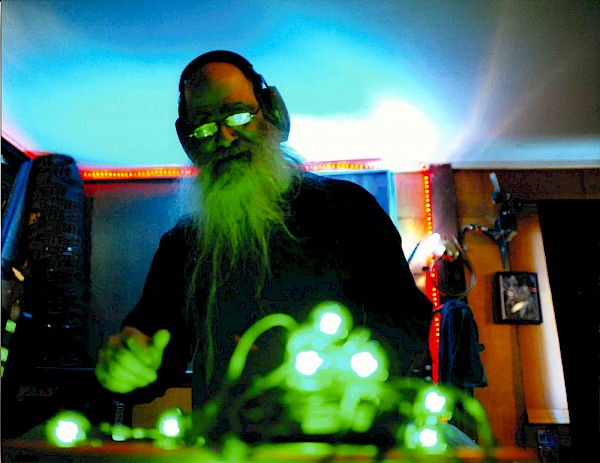 Mike Lastra recording a theremin track at Smegma Studios for Boo Frog in 2011Having recorded over 700 bands since opening Smegma Studios on North Willamette Boulevard 32 years ago, Mike Lastra serves as the gnome-like elder statesman and curator among the underground Rose City recording community.
Mike Lastra recording a theremin track at Smegma Studios for Boo Frog in 2011Having recorded over 700 bands since opening Smegma Studios on North Willamette Boulevard 32 years ago, Mike Lastra serves as the gnome-like elder statesman and curator among the underground Rose City recording community.
In addition to keeping up with return clients like MDC and Poison Idea frontman Jerry A. in the cozy confines of his basement kingdom, Lastra has made three crucial films about Portland’s music scene: Northwest Passage: The Birth of Portland's DIY Culture (2007), Satyricon: Madness and Glory (2013), and most recently, the long-awaited Poison Idea documentary Legacy of Dysfunction (2017)—watch the trailer below.
While recording technology has become cheaper, smaller and stronger, Lastra believes that learning and failing ultimately makes the best producers and engineers. “Anyone can buy a hammer,” Lastra observes. “Doesn’t mean they can build a house.”
Nonetheless, many other Stumptown homes hide covert studios that run the gamut from amateur to uber-professional—whether it’s Oregon Music Hall of Fame inductee Gregg Williams’ (who’s drummed for Sheryl Crow, Quarterflash and Tom Grant) The Trench Studio where Anya Marina, Jerry Joseph, Nu Shooz, The Dandy Warhols, and Freaks of the Sea have laid down tracks; Rob Stroup’s recently rechristened 8 Ball Studio now operated by Peter Rodocker as Yellow Room Recording, where a new monthly series will document performances on video and live album; guitar player Chet Lyster’s (who’s recorded with Lucinda Williams and Eels) Concordia Station where he’s engineered sessions for Fernando, Sassparilla and Swan Sovereign; or drummer Tyler Thompson tracking his band Fruition as well as singer-songwriter pals Jay Cobb Anderson, Taylor Kingman and Brad Parsons in his makeshift downstairs space.
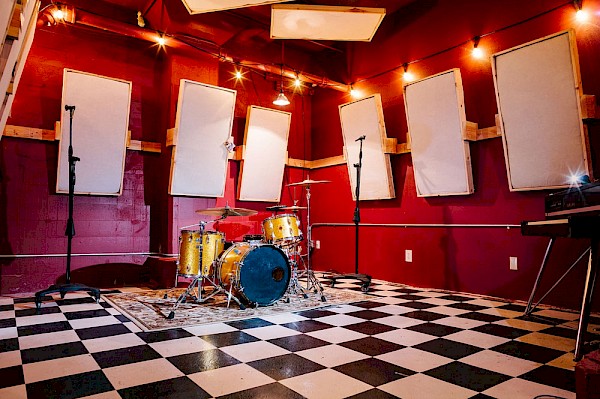 Run by members of Wild Ones, The Trash Treasury's live room has hosted numerous rising local acts: Photo by Jason QuigleyEven a commercial space—Portland Cement Studios—that accommodates a bounty of band practice spaces also houses The Trash Treasury (a name lifted from an Elliott Smith lyric) below ground. Originally built out by rock duo Priory (who’ve since moved Loud War Studios to Vancouver), it’s now run by Wild Ones’ Clayton Knapp and Thomas Himes, where they’ve worked on their own music alongside stuff from Genders, Mean Jeans, Public Eye, and Yaquina Bay.
Run by members of Wild Ones, The Trash Treasury's live room has hosted numerous rising local acts: Photo by Jason QuigleyEven a commercial space—Portland Cement Studios—that accommodates a bounty of band practice spaces also houses The Trash Treasury (a name lifted from an Elliott Smith lyric) below ground. Originally built out by rock duo Priory (who’ve since moved Loud War Studios to Vancouver), it’s now run by Wild Ones’ Clayton Knapp and Thomas Himes, where they’ve worked on their own music alongside stuff from Genders, Mean Jeans, Public Eye, and Yaquina Bay.
Yet, one of the busiest basements in Portland isn’t on any studio map. Since 2007, The Banana Stand, which has hosted more than 110 house shows where almost as many live albums have been recorded (along with a bevy of artful and sophisticated music videos), exists on a word-of-mouth, need-to-know basis somewhere in SE Portland.
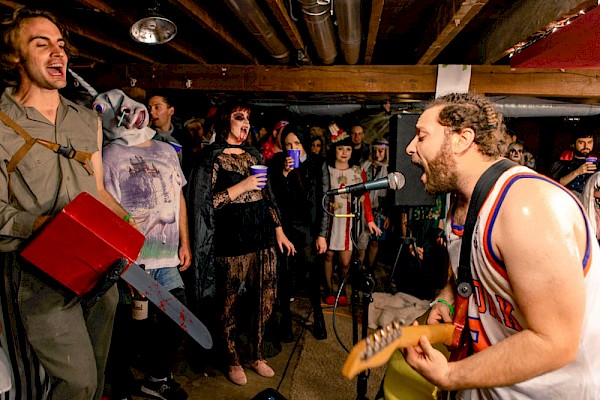 Pyschomagic rocking a Halloween show at The Banana Stand in 2015: Photo by Michael ReiersgaardRun by Banana Stand Media honchos Louie Herr and Aaron Colter, the Live from the Banana Stand series of albums documents the miraculous width and breadth of our regional artists, from Máscaras, to Siren and the Sea, to Ural Thomas, to Hustle and Drone, to Haley Heynderickx, to countless others.
Pyschomagic rocking a Halloween show at The Banana Stand in 2015: Photo by Michael ReiersgaardRun by Banana Stand Media honchos Louie Herr and Aaron Colter, the Live from the Banana Stand series of albums documents the miraculous width and breadth of our regional artists, from Máscaras, to Siren and the Sea, to Ural Thomas, to Hustle and Drone, to Haley Heynderickx, to countless others.
It’s also a heckuva house party—so if you get invited, go, and see the best bands in an environment that’s normally very exclusive to the general public: the recording studio.

